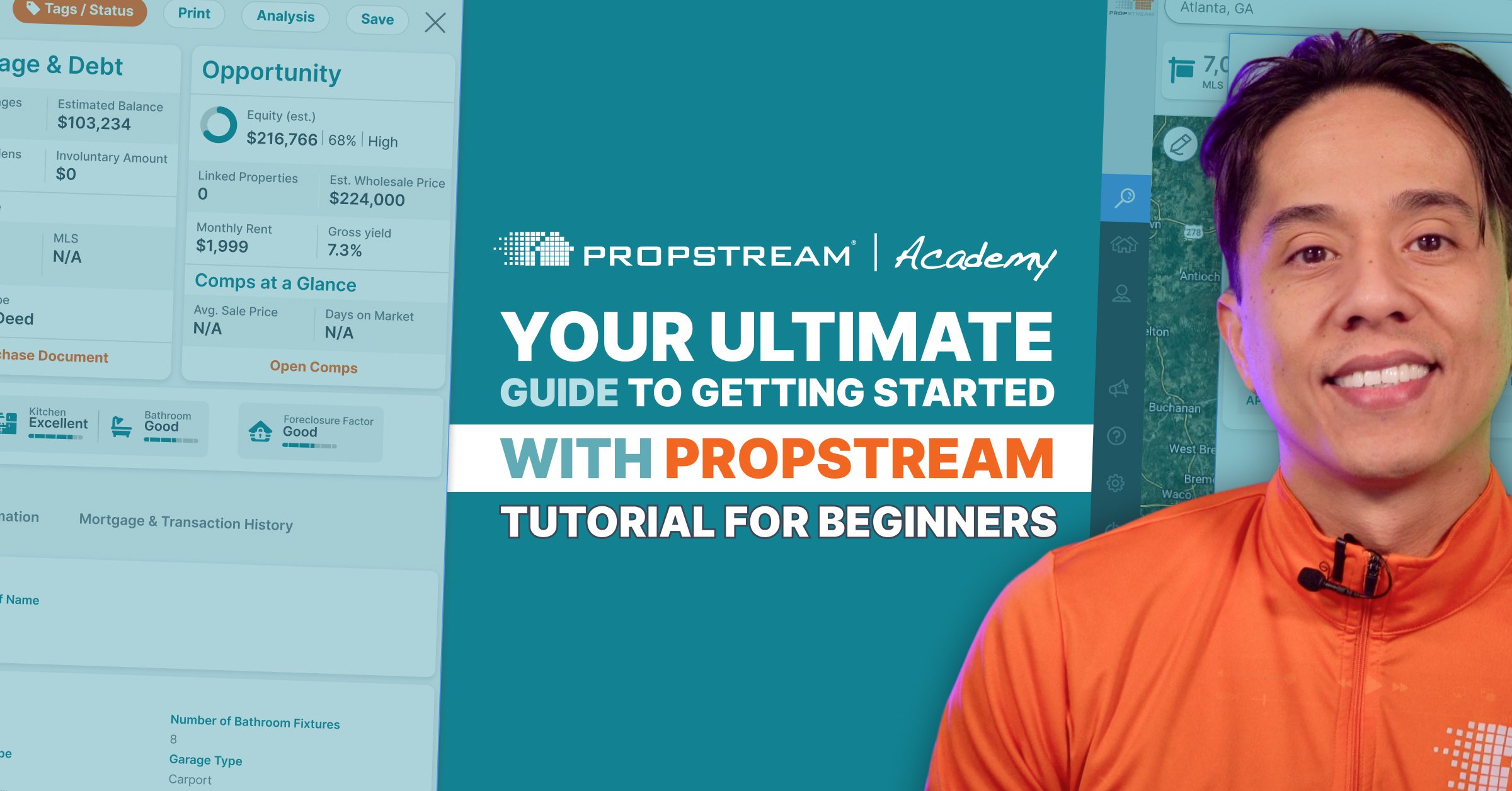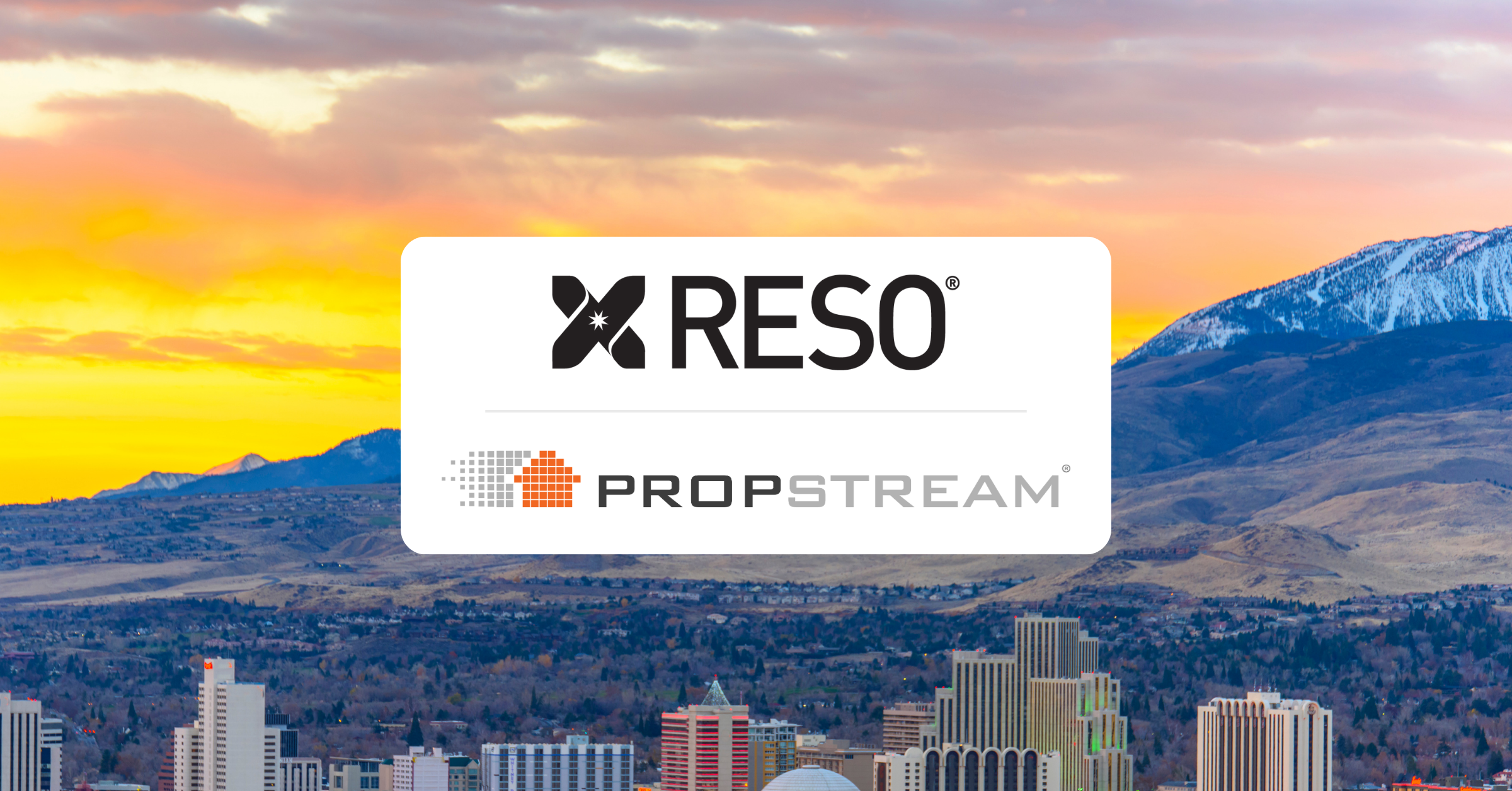| If you haven’t been in the loop, we recently released our new AI-driven platform enhancement, PropStream Intelligence, and redesigned our filter menu. |
In our recent posts, you may have caught a glimpse of our latest addition to our Lead Lists (bringing the count up to 20!): The Upside Down Lead List.
We introduced it in our previous announcements as an innovative tool designed to help you uncover properties with upside-down mortgages, but we’ve only scratched the surface! Now, we’re taking a deep dive into everything you need to know about utilizing it—how this new filter works, what upside-down mortgages really mean for your lead strategy, and why this can be a powerful asset for uncovering motivated sellers.
So, let’s dive in and explore the full potential of this exciting new Lead List!
What Is an Upside-Down Mortgage?
Often referred to as “underwater” or “negative equity,” an upside-down mortgage is when a homeowner owes more on their property than it is worth. There are various reasons why it happens, like:
- Fallen home values
- Strained homeowner financial health (e.g., losing a job or taking a second mortgage)
- Market shifts
Regardless of why a homeowner goes upside down on their mortgage, understanding this real estate trend is incredibly beneficial for real estate professionals.
Learn more about the nuances of upside-down mortgages, including current upside-down mortgage rates, homeowner struggles, specific scenarios that result in this mortgage challenge, and more, in our blog post: What Is an Upside Down Mortgage?
Investors
For investors, studying upside-down mortgage data is an excellent way to find motivated sellers, as they may be at risk of entering pre-foreclosure status. If the homeowner can’t continue making their payments and can’t refinance due to negative equity, they may need to cut their losses and sell.
Because of this, they may sell at a discount, allowing you to access below-market inventory since you have the means to turn it around while helping a distressed homeowner.
On the flip side, if you’re looking for a high-growth area, finding regions high in underwater mortgages may help you determine unhealthy markets that you’d like to steer clear of.
Agents/Brokers
In today’s market, affording on-market properties is a struggle, especially for first-time homebuyers. As an agent, tapping into off-market inventory is an excellent way to help your clients get into a starter home if they can’t compete with other buyers.
Find Upside-Down Leads in Seconds With PropStream’s New Lead List
The Upside Down filter will be located under the Lead List section of our Filter Menu. Like all other Lead List filters, only one can be selected at a time.
In addition to our other platform enhancements, we now offer our 20th Lead List: Upside Down.
Use the Lead List by itself, or combine it with our 165+ other search filters to niche down and increase your odds of finding the most motivated sellers.
Here are some tips to help you combine our other filters with the Upside-Down Lead List to maximize your search for motivated sellers:
Years of Ownership: The longer someone has owned the property, the more potential for them to be a motivated seller if they go upside down on their mortgage.
Interest Rates: Higher interest rates may indicate that a property owner is more likely to be unable to afford the mortgage payments.
Number of Open Mortgages: If a homeowner has several open mortgages, they may be struggling financially. Additionally, they may want to consolidate these loans, making them a potential lead for loan originators.
Linked Properties: You can discover if a homeowner owns multiple properties or just one by either clicking the “Linked Properties” tab on the property card or setting a custom property count in the filter menu. This can help you uncover potential reasoning behind upside-down status.
Loan to Value %: The higher the value, the more “Upside Down” a property is. This may indicate a poor financial position for the property owner.
Example: 100% LTV means you own exactly what the property is worth. 110% means you own 10% more than the property is worth. This means an estimated value of $100,000 with a $110,000 Mortgage balance would be a 110% LTV ratio.
In addition to these individual filters, you can use PropStream’s Demographic data (available within each property card) to uncover selling motivation further. For example, you can use this information to determine the homeowners’ income levels.
Psst! Want to learn more about how you can use negative equity to find opportunities? Take our latest PropStream Academy course: Advanced Strategies for Navigating Negative Equity!
Try PropStream for 7 Days FREE to Begin Utilizing the Upside-Down Lead List
Activate your free trial today and enjoy 50 upside-down leads on us!
Subscribe to PropStream's Newsletter



